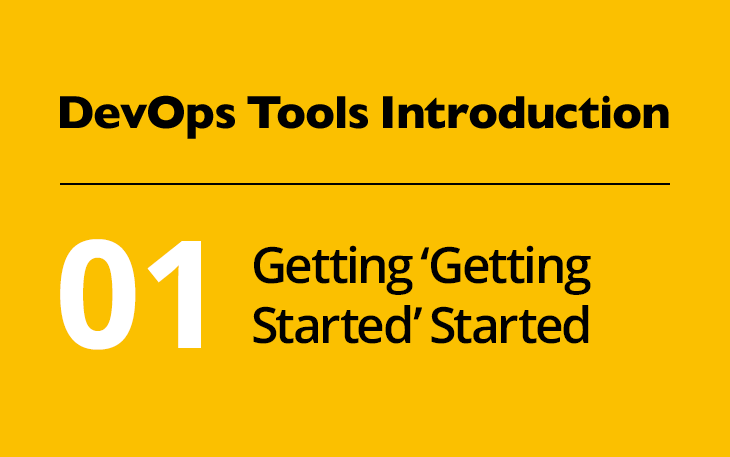DevOps Tools Introduction #01: Getting ‘Getting Started’ Started

In October 2017, LPI released the Linux Professional Institute DevOps Tools Engineer certification. Covering a series of relatively new tools used to develop and deliver software in a collaborative manner, the content of this exam extends skills of both software developers and system administrators.
While candidates with a background in either of these knowledge domains will find the tools covered in the exam useful, it can be difficult to gain proficiency with these tools. For all of them, documentation exists, although it sometimes is overwhelming and it is difficult to find a good starting point.
This posting is the first in a series of introductory postings in the LPI blog. Together we will take a tour through the LPIC-OT DevOps Tools Engineer’s objectives. For each topic I will summarize the most important tools and skills and will point you to documentation you might find helpful to get started.
To work through the upcoming postings and prepare yourself for the DevOps Tools Engineer exam, you should be equipped with a few tools:
- Print out the exam objectives and get some color markers. It might sound silly, but keep in mind that the objectives ultimately describe what is relevant in the exam and what is not. Following the objectives makes sure you spent your time efficiently. Work with the objectives, check what you already know, color what you want to repeat.
- Get a place to keep notes. You should be prepared to be asked for commands or configuration options in the exam. They won’t be obscure hidden ones, but those you frequently need when working with these tools on an ongoing basis. Take notes of anything you consider relevant, give your notes some structure and remember that you will come back to these notes for repetition once your exam date gets closer.
- Prepare your computer to run some virtual machines. You’ll need a few gigabyte of space and virtualization software. Some of the tools we cover use VirtualBox by default, so that might be a good choice to start. You can, of course, use any other virtualization software you like, although, it might require some tweaks to the examples that are provided by documents referenced in this series.
- Sign up for an account at an IaaS cloud provider. Most of the large providers should be fine, some even offer you free access to small computing instances. This should be sufficient for your first experiments. If you already have access to a cloud computing platform, make sure you have some extra dollars in your account to play around with some instances. In case you want to do all your learning in the cloud without using local virtual machines, you’ll definitely need some more dollars for larger instances and the ability to use them concurrently.
This series of blog postings contains links to external learning materials. These are, of course, only recommendations. If you have another favorite source for a topic just stick to that. If you are already familiar with a topic, you’ll probably already know some of the content in the referenced documents. In either case, make sure you meet the requirements LPI outlines in the objectives. No matter how you prepare yourself, enjoy learning new tools and spend some time considering how you can leverage these tools in your daily job.
Please feel encouraged to share your recommended learning resources in the comments. We will collect and review these links and add them along with the original blog postings to our wiki.
If you’d like to join our tour through the DevOps tools jungle, make sure you come back to our blog next week, when we’ll learn more about modern software development.
